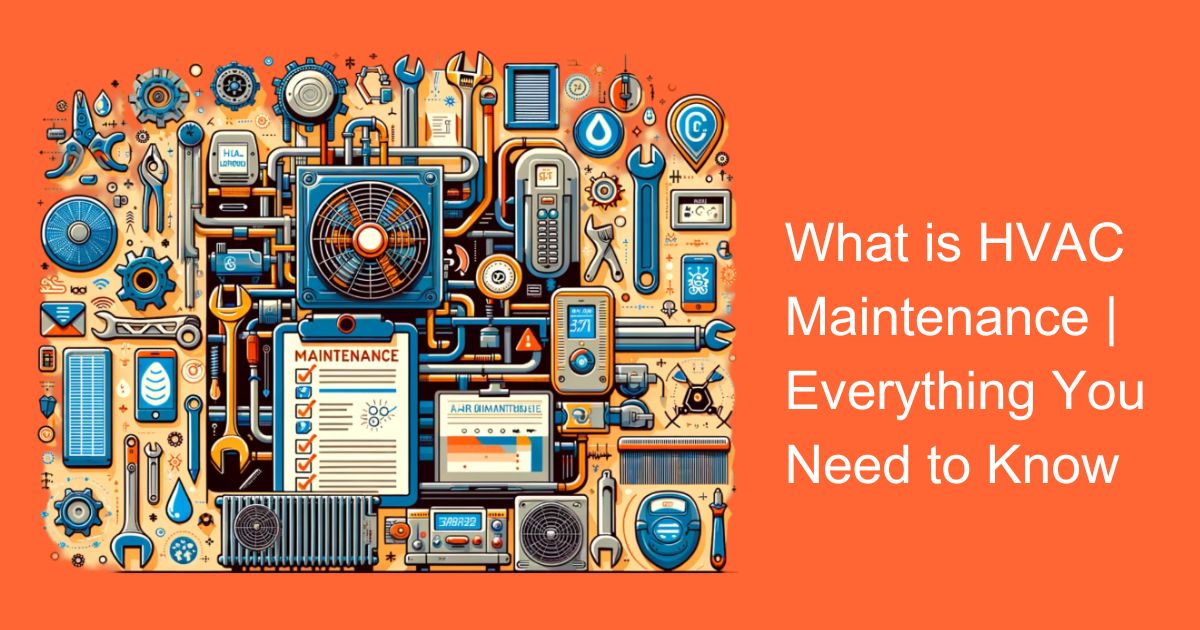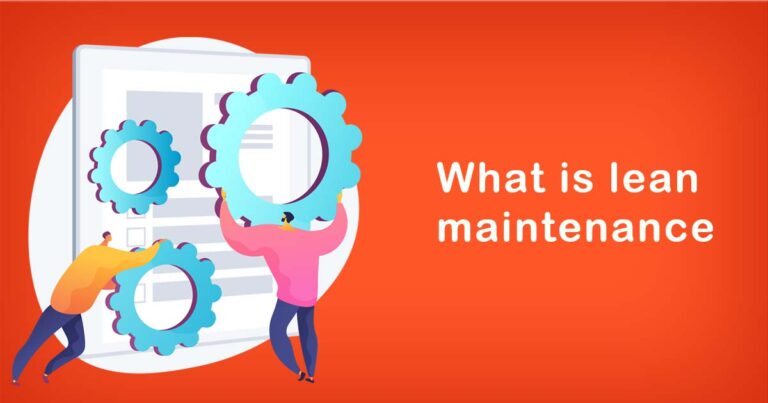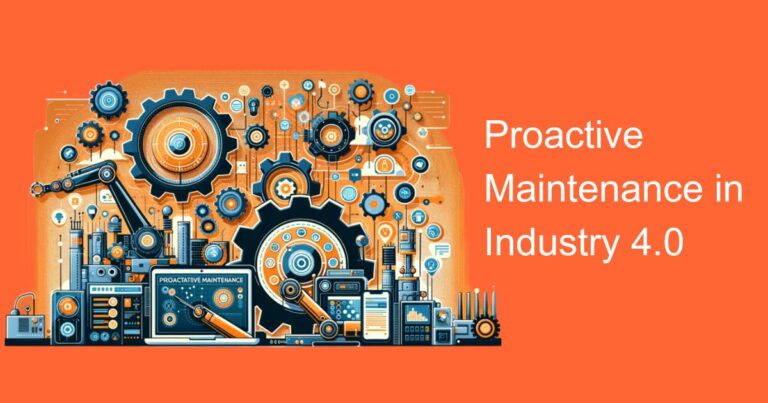Introduction
In the realm of modern living and working environments, HVAC systems play a pivotal role in ensuring comfort, productivity, and health. HVAC, which stands for Heating, Ventilation, and Air Conditioning, encompasses a variety of systems designed to regulate indoor temperature, humidity, and air quality. From residential homes to commercial complexes, these systems are ubiquitous, making HVAC maintenance a crucial aspect of property management and operation.
Understanding HVAC Maintenance
HVAC maintenance refers to the regular upkeep, inspection, and servicing of heating, ventilation, and air conditioning systems to ensure optimal performance, energy efficiency, and longevity. It involves a comprehensive set of tasks carried out by trained professionals to address both preventive measures and reactive repairs.
Importance of HVAC Maintenance
Energy Efficiency:
Well-maintained HVAC systems operate more efficiently, consuming less energy to achieve desired indoor conditions. This translates to lower utility bills and reduced environmental impact.
Improved Air Quality:
Regular maintenance involves cleaning or replacing filters, which helps remove dust, allergens, and pollutants from the air, thereby enhancing indoor air quality and reducing health risks.
Extended Equipment Lifespan:
Timely servicing and component replacements prevent wear and tear, prolonging the life expectancy of HVAC equipment and minimizing the need for costly replacements.
Enhanced Comfort:
Properly maintained HVAC systems deliver consistent temperature control and balanced humidity levels, ensuring comfort and productivity for occupants.
Compliance and Safety:
Regular inspections and maintenance help identify potential safety hazards such as gas leaks or electrical issues, ensuring compliance with regulatory standards and safeguarding occupants against accidents.
Components of HVAC Maintenance
Routine Inspections:
Regular inspections by qualified technicians are essential to identify any potential issues early on and prevent major breakdowns. These inspections typically include checking thermostat settings, inspecting electrical connections, lubricating moving parts, and examining overall system performance.
Filter Replacement:
Dirty or clogged air filters restrict airflow and reduce system efficiency. Replacing filters at recommended intervals improves air quality and prevents strain on HVAC components.
Cleaning Coils and Fans:
Accumulated dirt and debris on evaporator and condenser coils, as well as on fans, can hinder airflow and reduce system efficiency. Cleaning these components ensures optimal heat transfer and airflow.
Checking Refrigerant Levels:
Improper refrigerant levels can lead to decreased cooling capacity and increased energy consumption. Technicians should regularly check refrigerant levels and recharge systems as needed.
Ductwork Inspection:
Leaky or poorly insulated ductwork can result in energy loss and reduced system efficiency. Inspecting and sealing ductwork helps maintain proper airflow and temperature distribution throughout the building.
Calibrating Controls:
Thermostats and other control systems should be calibrated periodically to ensure accurate temperature readings and efficient operation.
HVAC Maintenance in the Indian Context
In India, where climatic conditions vary widely from region to region, HVAC systems are indispensable for maintaining comfortable indoor environments year-round. The extreme heat of summer months and the chilly winters in certain regions underscore the importance of reliable HVAC systems. However, factors such as dust, humidity, and power fluctuations pose unique challenges to HVAC maintenance in the Indian context.
Dust and Pollution:
India’s urban centers often contend with high levels of air pollution, which can affect the performance of HVAC systems. Regular cleaning and maintenance are crucial to prevent the buildup of dust and pollutants on system components.
Monsoon Preparations:
The monsoon season brings increased humidity and the risk of water damage to HVAC equipment. Adequate waterproofing and drainage solutions are essential to protect outdoor units and prevent moisture-related issues.
Power Quality:
Voltage fluctuations and power outages are common in many parts of India, posing risks to HVAC systems. Investing in voltage stabilizers and surge protectors can help safeguard equipment and ensure uninterrupted operation.
Sustainable Practices:
With growing awareness of environmental concerns, there is a rising emphasis on sustainable HVAC solutions in India. Regular maintenance not only enhances energy efficiency but also supports the transition towards greener technologies such as solar-powered HVAC systems.
Conclusion
HVAC maintenance is a vital aspect of ensuring comfort, efficiency, and safety in both residential and commercial settings. By investing in regular upkeep and servicing, property owners can mitigate the risk of costly repairs, extend the lifespan of HVAC equipment, and create healthier indoor environments. In the Indian context, where climatic challenges and environmental factors abound, proactive maintenance practices are essential to optimizing the performance and longevity of HVAC systems. Ultimately, prioritizing HVAC maintenance is an investment in both comfort and sustainability for the future.








